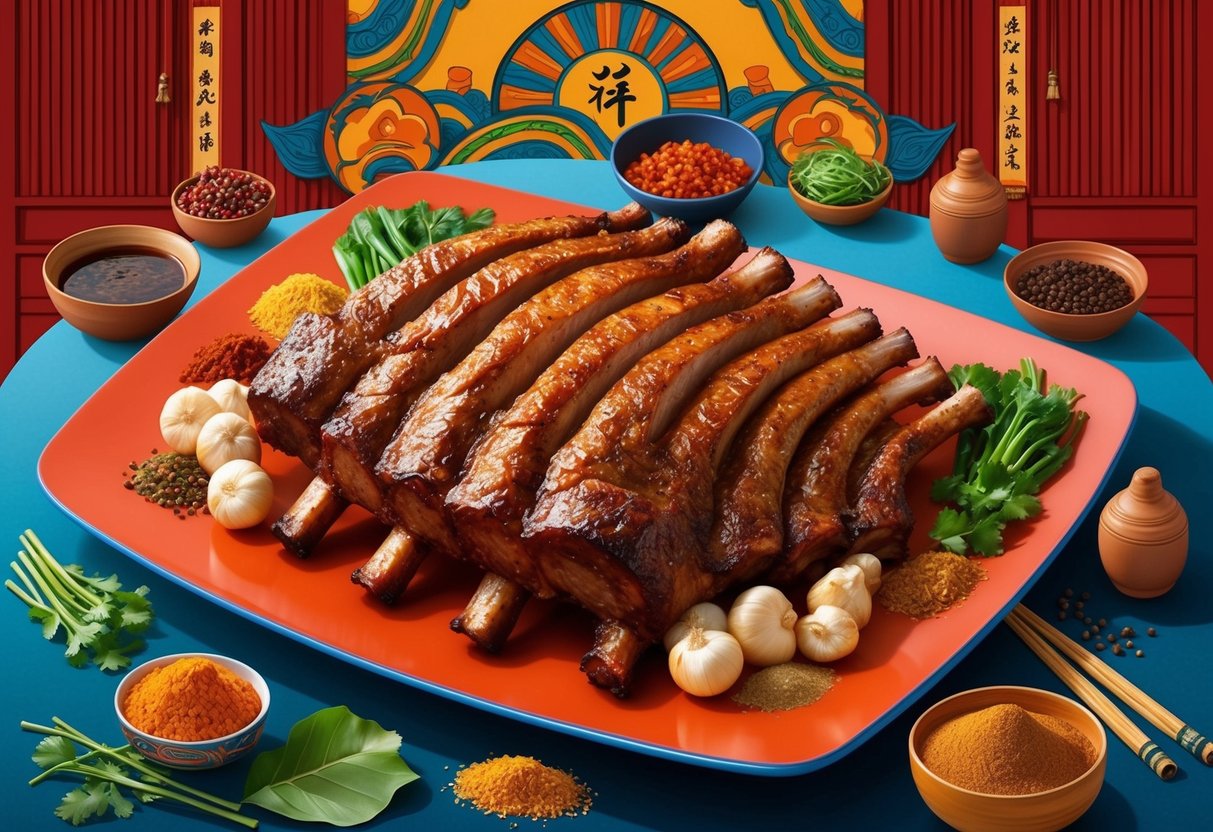
Trying something new in the kitchen can open up a world of flavor and creativity for home cooks and food lovers alike. Global cuisine offers a wealth of dishes that go beyond the familiar, with each culture bringing unique ingredients, techniques, and traditions to the table.
Whether a seasoned chef or just starting out, preparing these international recipes can be both rewarding and educational. By sampling dishes inspired by places like Lebanon, Japan, and Nigeria, cooks can expand their repertoire and discover new favorites.
For inspiration, readers can explore collections featuring diverse global recipes and underrated dishes from around the world.
Each recipe offers a chance to connect with distant cultures through food, making mealtime more exciting and diverse. The list ahead highlights original and approachable meals suited for every level of experience, bringing world-class taste directly to the home kitchen.
Global Flavors: What Makes a Recipe Unique?
Every culture has its own culinary identity shaped by history, geography, and local resources. These layers influence not just what people eat, but how food brings communities together through shared experiences and cherished delicacies.
Cultural Influences on Cuisine
Cultural traditions play a key role in shaping unique recipes. Family gatherings, religious customs, special celebrations, and historical events inform what becomes a community’s signature dish.
For example, Japanese cuisine places emphasis on seasonality, offering dishes such as sakura mochi during cherry blossom season. Cooking methods and flavor profiles can vary widely.
In some countries, slow-cooked stews connect families, while in others, spicy street foods foster social bonding. Techniques like fermentation, roasting, and steaming often originate from resource availability and climatic conditions.
Certain ingredients can become symbols of cultural pride or delicacy, such as saffron in Persian cuisine or chili in Mexican foods. Over generations, these elements transform recipes into vehicles for honoring heritage and community.
The Role of Fresh Ingredients
Fresh ingredients are crucial in achieving authentic taste and texture. Access to local produce ensures that dishes remain vibrant and true to their roots.
Markets in Italy, for instance, showcase seasonal tomatoes, basil, and olives, each lending a signature flavor to traditional recipes. Quality and freshness define everything from the color of vegetables in stir-fries to the flavor of seafood in coastal delicacies.
The use of herbs, spices, and vegetables picked at their peak elevates both aroma and nutritional value. Some of the most memorable international specialties, such as Vietnamese pho or Greek salads, depend on local ingredients and minimal processing.
This reliance on freshness ensures that regional recipes deliver their characteristic boldness and authenticity, making the home-cooked experience truly global.
Classic French Cuisine: Coq au Vin
Coq au Vin is a signature dish of French cuisine, known for its comforting blend of deep flavors and rich textures. This traditional recipe is often enjoyed during gatherings and highlights how careful preparation and ingredient selection can elevate a classic meal.
Traditional Cooking Methods
Classic coq au vin starts by browning pieces of chicken in a heavy-bottomed pot or Dutch oven. The use of bacon, or lardons, adds a smoky base.
Onions, garlic, and carrots are sautéed next, infusing the dish with aromatic aromas. After browning, chicken is gently simmered in red wine, which is the hallmark of this traditional recipe.
Slow braising—often for up to two hours—allows the meat to become tender and fully absorb the savory sauce. Mushrooms are commonly added alongside pearl onions, allowing for a mix of earthy and sweet notes in the final stew.
Seasoning with thyme, bay leaf, salt, and pepper is standard. The dish finishes with a quick thickening of the sauce, sometimes using a small amount of butter and flour, known in French cooking as a beurre manié.
For a more detailed walkthrough of the method, visit this authentic coq au vin recipe.
Selecting Quality Red Wine
The choice of wine greatly affects the depth and balance of coq au vin. Dry red wine varieties, such as a Burgundy or Pinot Noir, are preferred for their acidity and subtle fruit notes.
These wines help create a harmonious sauce without overpowering the natural flavors of the chicken. It is recommended to select a wine that one would enjoy drinking, as the flavors concentrate during cooking.
A mid-range bottle is generally sufficient—there’s no need to select a high-end vintage, but avoid heavily oaked or sweet wines. Wine from the Burgundy region is considered the most traditional, adding an earthy character to the dish.
Proper selection ensures the finished sauce is complex, rich in color, and deeply flavorful. For background on this classic pairing, see this recipe from the Burgundy region.



